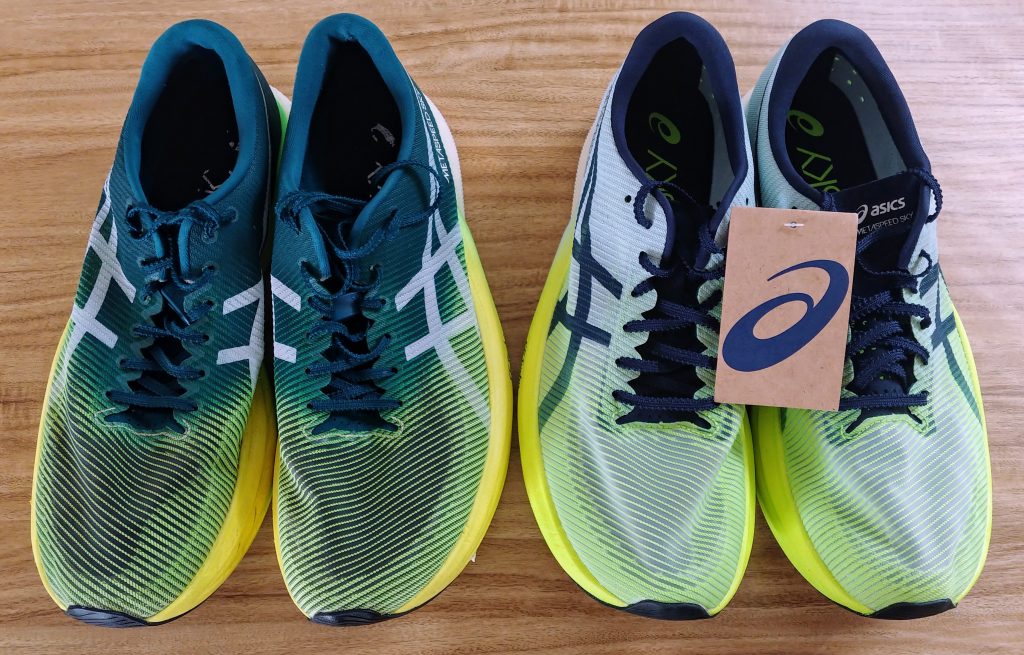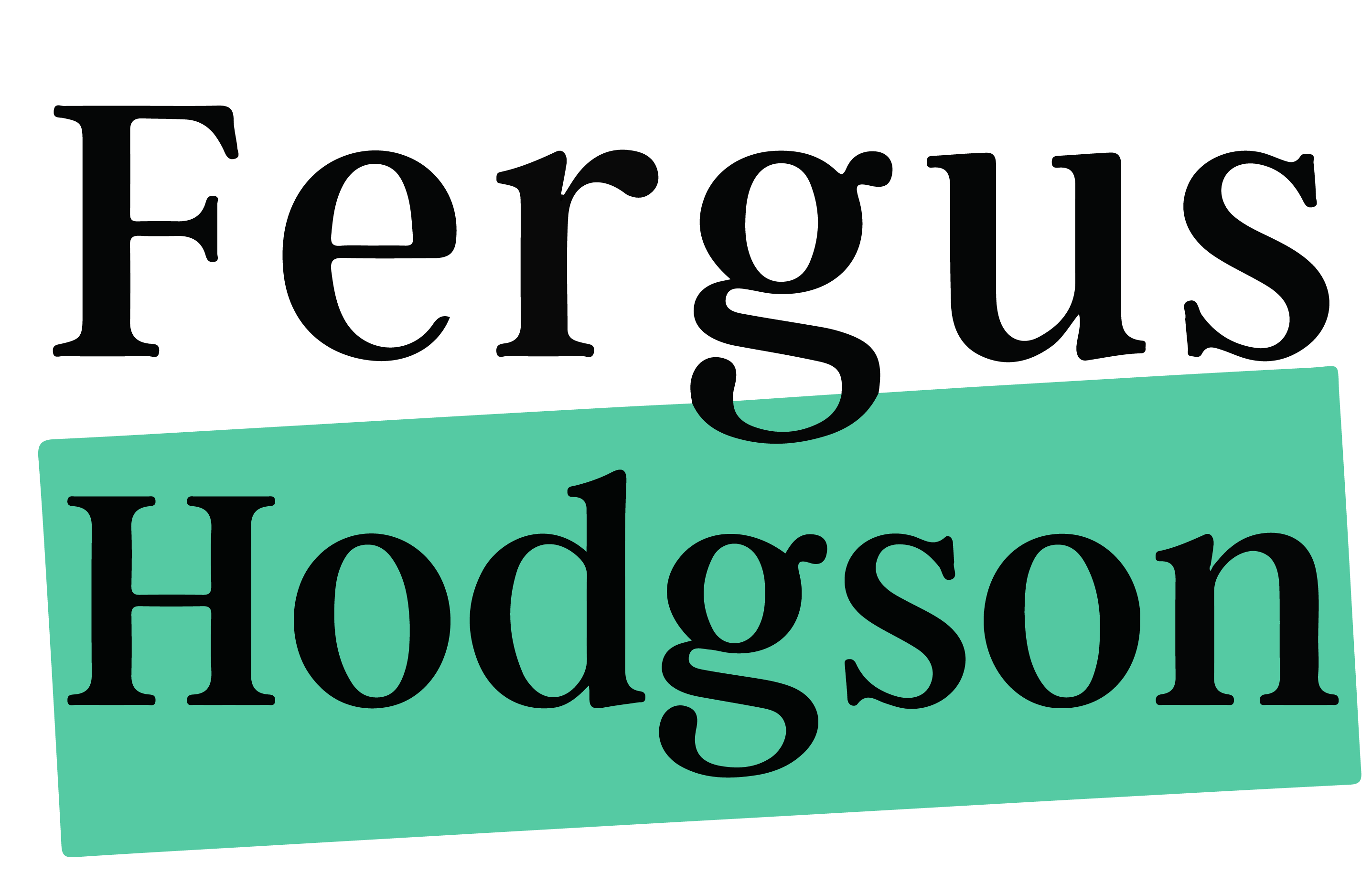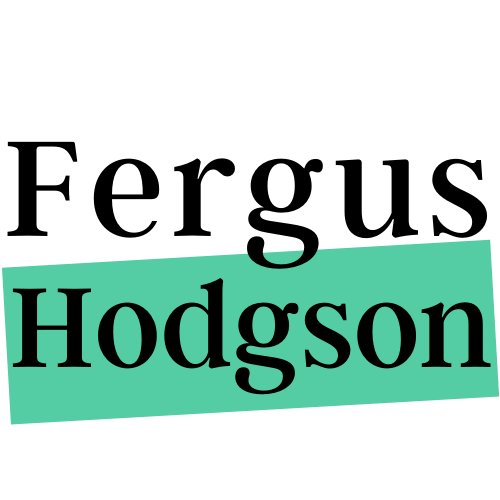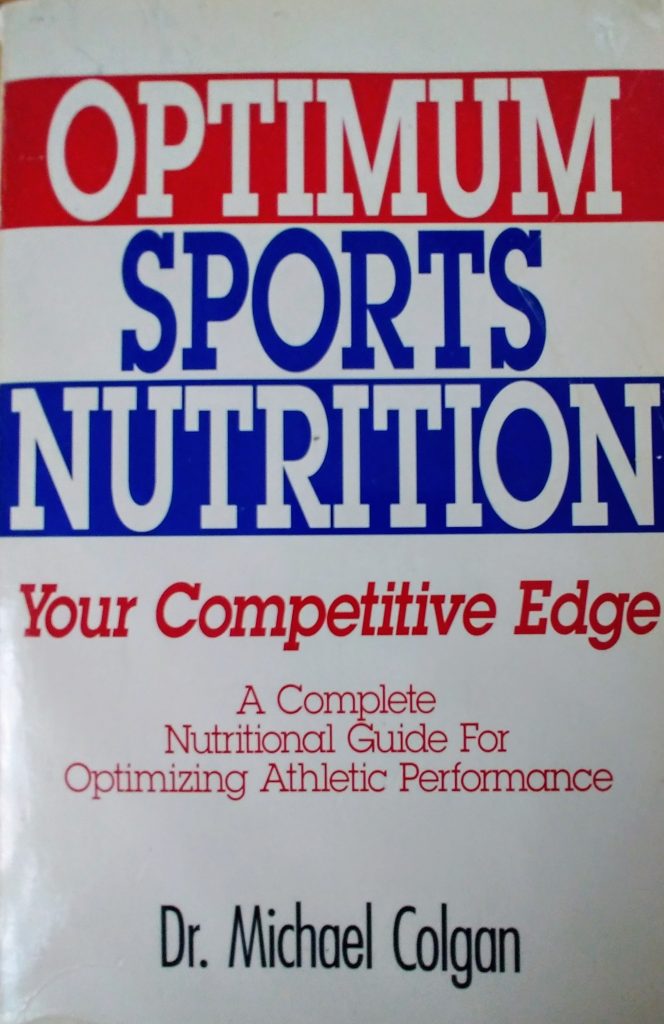Four Tips for a Sub-Three-Hour Marathon
Four Tips for a Sub-Three-Hour Marathon https://fergushodgson.com/wp-content/uploads/2023/09/utah-valley-marathon-before-after-1024x652.png 1024 652 Fergus Hodgson https://secure.gravatar.com/avatar/abc4f612eeb70d684c156dd1398fdf06?s=96&d=mm&r=gHow I Cut an Hour from My Time
In mid-2021 I began a job in Lehi, Utah, and signed up for the Utah Valley Marathon, a scenic point-to-point race that finishes in nearby Provo. I had run plenty through the COVID-19 era to keep my sanity and was quietly confident that I could run a three-hour marathon or thereabouts, a respected target within the running world.
Let us just say it did not work out that way. I went out faster than three-hour pace, but I finished with a chip time of 3:47:11. Along the way I fell apart like never before. Getting to the finish was painful, and I walked some of the way. I dehydrated, and a lady at her front door offering ice to runners was a godsend.
Two years later I returned to vindicate myself, driving the eight hours from my home in Fort Collins, Colorado. My 2023 chip time was 2:38:52, but since I won the masters—which goes by the first across the line—the results only show the gun time: 2:39:02.
The more than an hour off my time poses the question: what did I do so differently? Countless things, but here are four actions that made a world of difference and allowed me to get my three-hour marathon. They are far from the whole story, but they are applicable to many people seeking swift improvement.
1. Prehydrate.
I dehydrated in 2021, and so does pretty much everyone running a marathon.
There is a simple way to get a sense for your fluid loss in a marathon. Go out and run a half-marathon distance at a race-like time of day and temperature. Weigh yourself before and after, and gauge the difference. Assuming you drink during the 13 miles, add that to the fluid-loss total. Double the total for a marathon estimate.
I easily lose five pounds of fluid over just a half marathon, so 10 pounds for the full. Even if you drink at every aid station during a marathon, you are unlikely to make up for the fluid loss.
As you dehydrate your performance declines markedly. In my opinion, water loading is more important than carbohydrate loading, and being well hydrated at the start offers easy minutes off your time.
The precise prehydration strategy is up to you, but a solid one comes from Optimum Sports Nutrition: Your Competitive Edge by Michael Colgan (Chapter 2). This book addresses (1) water quality, (2) electrolytes, and (3) a hydration plan for the marathon. Colgan brought the importance of water distillation to my attention for purity and safety. (I recommend Pure Water distillers made in Nebraska, and my discount code is FERG.)
2. Lose fat.
Before the 2021 race my weight was between 220 and 230 pounds, but in 2023 I weighed bang on 200 pounds. Candidly, I did not realize I was carrying so much excess weight. My line of thinking had been to work out more and let the fat just take care of itself.
Working out is not enough. One of the chief problems of modern diets, among many, is the tendency to snack and spike one’s insulin all day. I had consistently worked out more than four times per week for many years. However, working and studying from home meant snacking all the time and allowing excess body-fat to accumulate.
Many experiments have assessed the impact of body-fat on running speed. A rule of thumb is that each pound of fat lost gives almost a minute off your marathon time. My loss of 20–30 pounds easily gave me a 20-minute boost. Runbundle has a calculator to assess your own situation, but this only works for people with excess body-fat.
The swiftest and simplest way to lose body-fat is intermittent fasting. “The Mystery of Weight Loss,” an episode of Jimmy Akin’s Mysterious World, is an eye-opening starting point. It recommends less frequent eating and fewer refined carbohydrates.
Matt Fitzgerald is the guru of how to lose body-fat fruitfully as an athlete, and his primary book is Racing Weight: How to Get Lean for Peak Performance. Stay tuned for my review.
3. Train beyond two hours.
Prior to the last year or two I never ran more than about a half-marathon distance in training—and that distance was a rarity. My training, even during my many years of competitive rowing, topped out at about 90 minutes. Runs tended to be 40–60 minutes.
Two runs of 40–60 minutes are not as valuable as one run of 80–120 minutes. Runs beyond 120 minutes provide serious stimulus for adaptation. Read the biographies of the top marathoners—such as On the Wings of Mercury by Lorraine Moller or Marathon Man by Bill Rodgers—and runs of at least 20 miles are par for the course.
In 2022 I began to include longer runs, and in the lead-up to the 2023 Utah Valley Marathon I ran 20 miles at least 10 times—all at altitude in Colorado and Wyoming. More recently I have gone further and run 23-27 miles, but that is pushing it. I do not recommend going beyond four hours in training, unless you are preparing for trail marathons and/or ultramarathons. Three hours is a handy time to target for long-slow-distance runs.
4. Buy supershoes.
While I am a traditionalist and resisted carbon-plated supershoes, they are here to stay. They have made comparing times from past generations difficult, and that detracts from the simplicity and timelessness of running in my eyes. (The Asics metaracer, with a half-plate, was my first foray, and the women’s model is still available.)
However, nostalgia does not change the fact: supershoes, ushered in by Nike in the late 2010s, have made marathoners faster. The degree is open to debate, and one of my training partners believes supershoes can cut 10 minutes off a runner’s time. My own estimate is 30–90 seconds for the elites—those closing in on two hours—and 60–180 seconds for recreational runners.
The difference is not huge, but it is meaningful. Many people scoff at the price tag of US$200–300. However, if you consider the sophistication of the technology, along with the other expenses associated with running a marathon, supershoes are a no-brainer.
Many brands compete, although Nike has had a slight first-mover advantage. However, the brand differences are minimal now, so I recommend going with the shoe that feels most comfortable.
I have long trusted Asics and have run four marathons in the Asics Metaspeed Sky+. They were my dream shoes, and in 2022 I ordered a pair via Ebay from Japan to get them in time for the Last Chance BQ2 Marathon in Chicago. Now this model is readily available and in more colors.

North America’s top marathoner, Canadian Cameron Levins, uses an Asics Metaspeed model, either the Sky or Edge (they look the same). He placed fifth in 2:05:36 at the Tokyo Marathon this year and set a Canadian record.
The two Asics top-of-the-line models are the Metaspeed Sky and the Edge. The former is for stride runners who increase their speed with length; the latter is for shufflers who increase their speed with cadence.
This list of four actions scratches the surface of what I have done and what you can do to crack three hours and/or take an hour off your time. A round two with four more is in the offing. To share feedback, reach me at contact@fergrunning.com.




